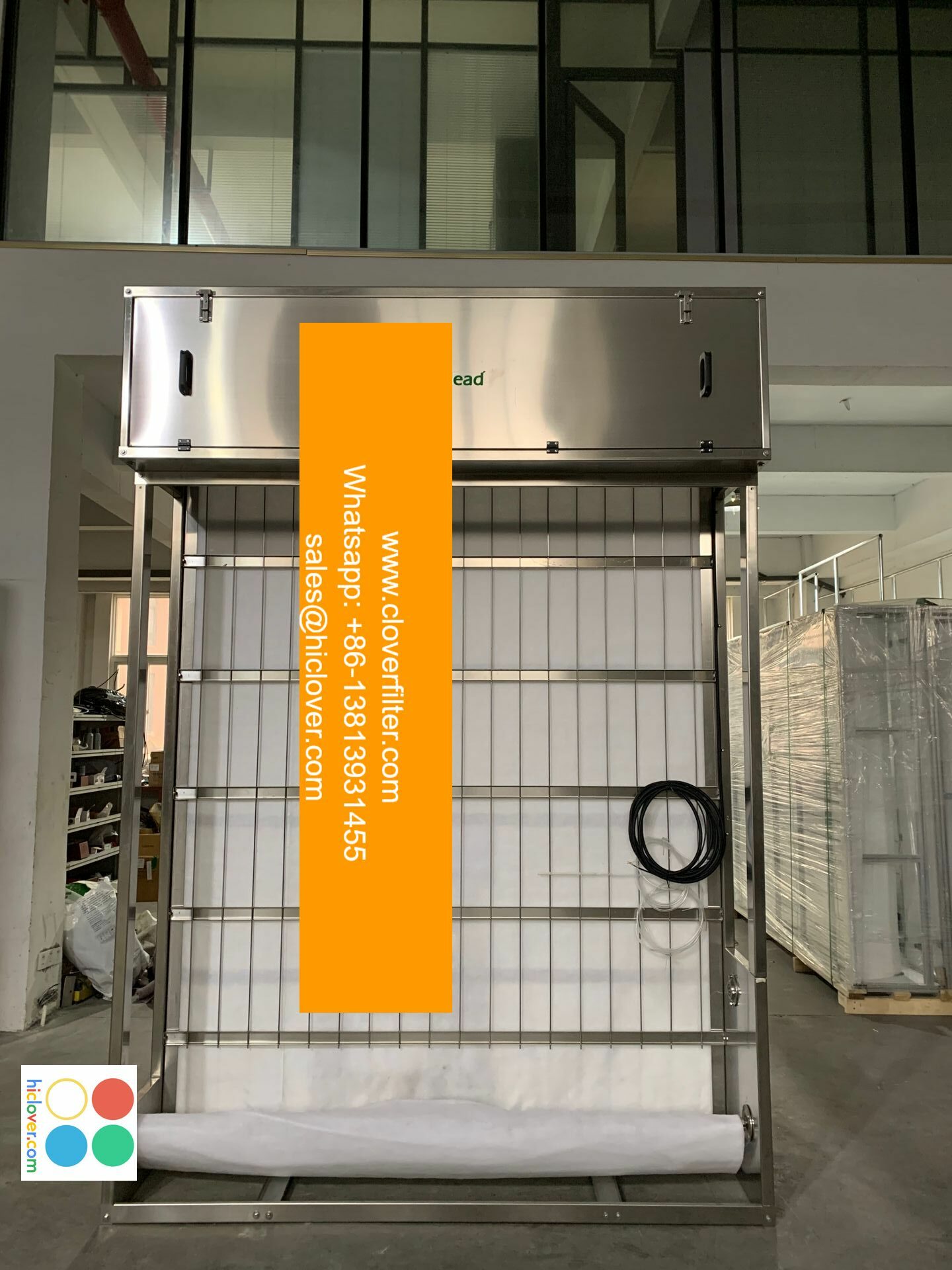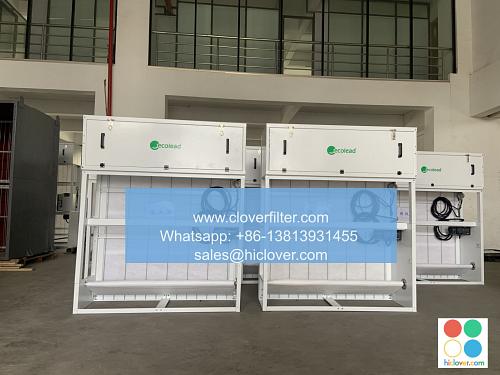The Pros and Cons of Central Air Purifiers and Air Filters

As the world becomes increasingly aware of the importance of indoor air quality and air pollution control, the demand for effective air purification systems has grown significantly. Two popular options for improving indoor air quality are central air purifiers and air filters. In this article, we will delve into the pros and cons of central air purifiers and air filters, exploring their advantages and disadvantages in various application areas, including residential, commercial, and industrial settings.
Central Air Purifiers: A Comprehensive Solution for Indoor Air Quality
Central air purifiers are designed to remove airborne pollutants and allergens from the entire house or building, providing a whole-house air purification solution. The pros of central air purifiers include:
* Comprehensive coverage: Central air purifiers can clean the air throughout the entire house or building, ensuring that every room has clean and healthy air.
* Low maintenance: Central air purifiers are often low maintenance, as they are typically installed in a central location and can be easily serviced and maintained.
* Energy efficiency: Many central air purifiers are designed to be energy efficient, using less energy than portable air purifiers or individual room air purifiers.
However, the cons of central air purifiers include:
* High upfront cost: Central air purifiers can be expensive to purchase and install, making them a significant investment for homeowners or businesses.
* Installation requirements: Central air purifiers often require professional installation, which can add to the overall cost.
Air Filters: A Cost-Effective Solution for Indoor Air Quality
Air filters are a cost-effective solution for improving indoor air quality, and can be used in a variety of application areas, including residential, commercial, and industrial settings. The pros of air filters include:
* Affordability: Air filters are often less expensive than central air purifiers, making them a more budget-friendly option for homeowners or businesses.
* Easy installation: Air filters are typically easy to install, and can be self-installed in many cases.
* Wide range of options: Air filters are available in a wide range of types and sizes, making it easy to find a filter that meets specific needs and application requirements.
However, the cons of air filters include:
* Limited coverage: Air filters are typically designed to clean the air in a single room or area, rather than providing whole-house air purification.
* Regular maintenance: Air filters require regular maintenance, including replacing the filter every 1-3 months, depending on usage and air quality conditions.
Conclusion: Choosing the Right Air Purification Solution for Your Needs
When it comes to improving indoor air quality, both central air purifiers and air filters have their pros and cons. While central air purifiers offer comprehensive coverage and low maintenance, they can be expensive to purchase and install. Air filters, on the other hand, are a cost-effective solution that can be easy to install, but may require regular maintenance and have limited coverage. By considering your specific needs and application requirements, you can choose the right air purification solution for your home or business, and enjoy the benefits of clean and healthy air. Whether you’re looking for a residential air purification solution, a commercial air purification solution, or an industrial air purification solution, there are many options available to help you improve your indoor air quality and reduce air pollution. Prompt

